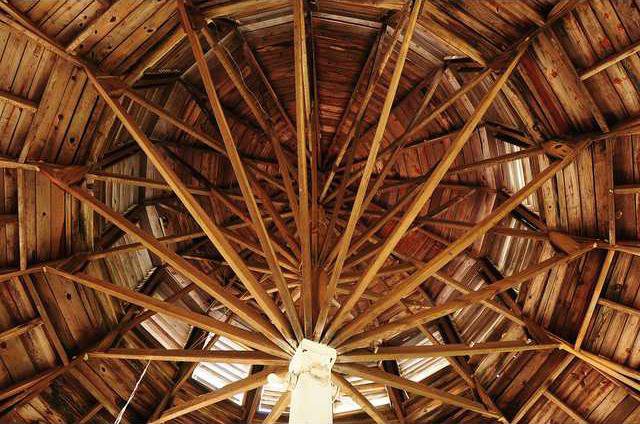Historic pavilion
Here's a brief look at the history of the American Legion Post 7 pavilion on Riverside Drive:
- About 1900: Construction completed as part of Chattahoochee Park, a public amusement park
- 1903: Completion of Dunlap Dam and hydroelectric plant that would surround what would be known as Lake Warner, off Chattahoochee Park
- 1923: Georgia Power bought Chattahoochee Park and opened it as a resort retreat for its employees and their families.
- 1936: The dam was abandoned after failing for the second time.
- 1955: The Georgia Power Club Camp's final season before the construction of Buford Dam and Lake Lanier
- 1958: Lake Lanier was completed, covering most of what had been Chattahoochee Park.
- 1959: The American Legion acquired 10 acres that made up the old Georgia Power camp.
- 2004: The American Legion gets a pavilion renovation estimate of $20,000.
- Tuesday: The Georgia Trust for Historic Preservation named the pavilion to its 2012 list of "Places in Peril."
Sitting off Lake Lanier like a lonely relic from another age, the Chattahoochee Park Pavilion off Riverside Drive has caught the attention of the Atlanta-based Georgia Trust for Historic Preservation.
The nonprofit organization has named the structure, which was built about 1900, to its 2012 list of 10 Georgia "Places in Peril," recognizing it during a presentation Tuesday night at Rhodes Hall in Atlanta.
"Places in Peril" is designed to raise awareness about historic, archaeological and cultural sites "threatened by demolition, neglect, lack of maintenance, inappropriate development or insensitive public policy," according to the nonprofit organization.
Gainesville's pavilion was part of an amusement park, "Chattahoochee Park," built on the banks of what was then Lake Warner. An electric streetcar line was built from downtown Gainesville to the area.
Georgia Power bought the park in 1923 and operated it as an employee retreat until 1955. When Lake Lanier was completed in 1958, most of the buildings of Chattahoochee Park were covered by water, leaving behind just the pavilion.
The wood frame structure, which features an intricate roof trussing system, is owned by the American Legion Post 7 of Gainesville.
"The pavilion has a large amount of rotting timbers that are in need of repair and replacing," states the Georgia Trust website.
American Legion post commander Dave Dellinger said he would welcome a restoration project.
"It would be wonderful ... if we could get some donations and community support or whatever behind it," he said.
Mark C. McDonald, the Georgia Trust's president and CEO, said the organization hopes "the list will continue to bring preservation action to Georgia's imperiled historic resources."
The organization identifies the sites through a process that begins with a request for nominations from its members. A committee then reviews those nominations, spokeswoman Traci Clark said.
She declined to say who nominated Chattahoochee Park Pavilion.
"We keep that information confidential," Clark said.
She did provide, however, a copy of the nomination form, which describes the pavilion as "significant because of its connection to a time when Gainesville was known as a resort area."
Gen. A.J. Warner, a Union officer during the Civil War, visited the area around 1900 and formed the North Georgia Electric Co. and began building a rail line between Gainesville and Dahlonega.
Warner oversaw the construction of Dunlap Dam and a hydroelectric plant, completing the work in 1903.
The timber and stone dam formed Lake Warner, "which enhanced the beauty and recreational activities of Chattahoochee Park," according to the nomination form.
"Dunlap Dam provided electricity for Gainesville and surrounding areas until 1936, when the dam failed for a second time. The dam was then abandoned for other reliable sources of energy."
In the Georgia Power days, the pavilion "featured a jukebox rigged to play records for free for the entertainment of the Power Club guests," according to the nomination form.
"The pavilion also housed a piano to entertain the guests, which was housed in a box when not in use. Boats were available for guests to rent, and there was a tennis court and a shuffleboard court."
These days, the pavilion is empty save for a lone picnic table from the Georgia Power era.
The American Legion, which acquired the property in April 1959, occasionally leases the structure for picnics and weddings, Dellinger said.
The veterans group also is aware of the structure's disrepair. In 2004, it got an estimated renovation cost of $20,000.
"It's just something we haven't had the money to do," Dellinger said. "... Right now, we're scrambling just to keep our bills paid."

